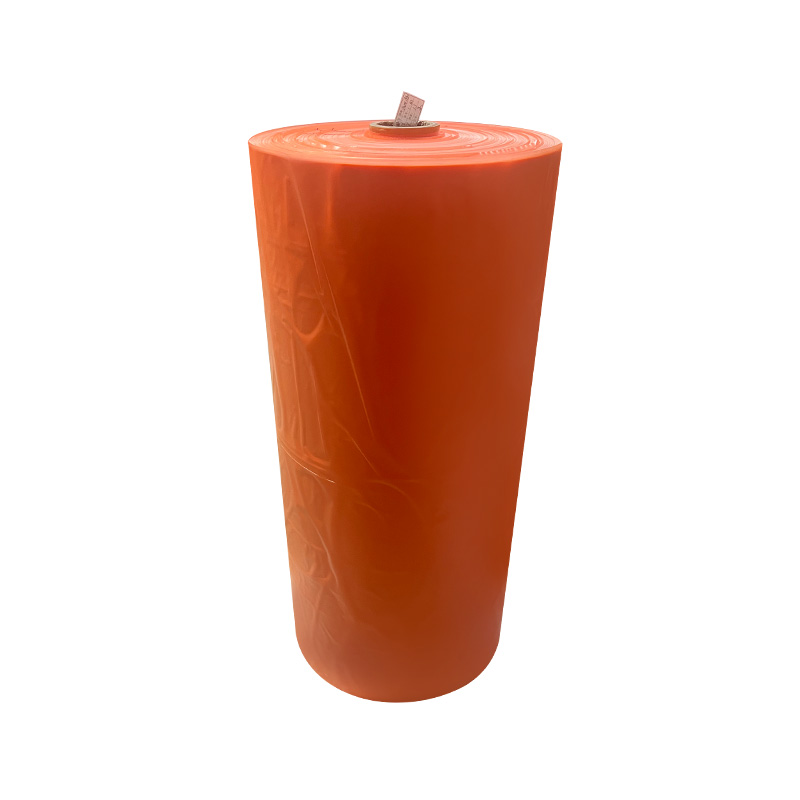Water Vapor Transmission Rate Test (WVTR):
Principle: Under certain temperature and humidity conditions, measure the amount of water vapor permeating the film per unit area per unit time.
Method: Usually the weighing method or the humidity sensor method is used. The weighing method calculates the water vapor transmission rate by comparing the mass change of the sample before and after the test; the humidity sensor method uses a sensor to monitor the water vapor content through the film in real time.
Application: Evaluate the water vapor barrier properties of films to ensure the stability of emulsion explosives in humid environments.
Oxygen Transmission Rate Test (OTR):
Principle: Measure the amount of oxygen permeating the film per unit area per unit time.
Method: Commonly used pressure difference method or electricity method. The differential pressure method measures the oxygen flow through the film by applying a certain oxygen pressure difference on both sides of the film; the electrochemical method uses an electrochemical sensor to detect the amount of oxygen passing through the film.
Application: Evaluate the oxygen barrier performance of the film to prevent the failure of emulsion explosives due to oxidation.
Gas penetration test:
In addition to water vapor and oxygen, it is sometimes necessary to test the barrier properties of the film against other gases.
Method: Similar to the oxygen transmission rate test, but the gases used and test conditions may differ.
Application: For specific needs, evaluate the barrier effect of the film on various gases.
Through spectral analysis:
Principle: Use a spectrometer to measure the transmittance of a film to light of different wavelengths.
Method: By comparing the intensity changes of light before and after the film, the blocking performance of the film against light of different wavelengths was analyzed.
Application: Evaluate the transmission performance of films in different spectral regions such as visible light and ultraviolet light to ensure that emulsified explosives are not affected by light.
Long-term barrier performance monitoring:
For emulsion explosives that require long-term storage, long-term monitoring of the barrier properties of the film is also required.
Method: Test the barrier properties of the film through regular sampling and analyze the performance change trend.
Application: Predict the performance changes of films during long-term storage to provide guidance for the storage and transportation of emulsion explosives.
When conducting barrier performance testing, you need to pay attention to the following points:
The test conditions should be as consistent as possible with the actual usage conditions to ensure the accuracy of the test results.
Film samples should be representative to a certain extent and be able to reflect the product quality in actual production.
Safety operating procedures should be strictly followed during the test to ensure the safety of personnel and the environment.
These test methods can help us comprehensively understand the barrier properties of emulsion explosive composite plastic films and provide scientific basis for selecting appropriate film materials.
